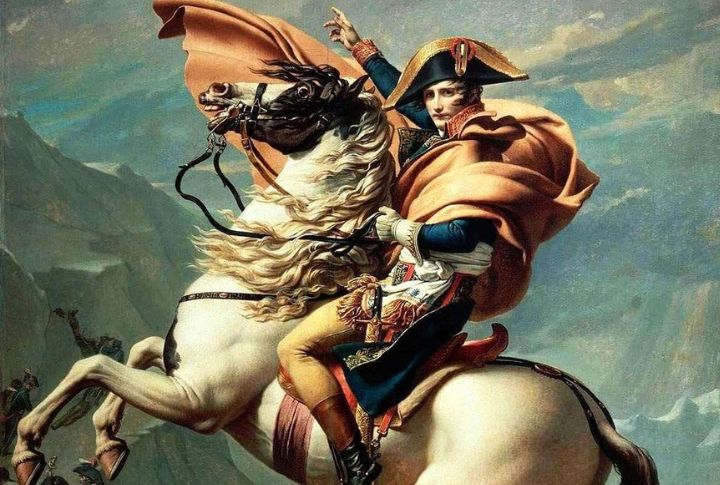
Every empire begins with ambition and grand visions of power that seem destined to last forever. Yet history shows even the strongest rulers and vastest territories eventually crumble. Their rise leaves monuments, but their collapse leaves lessons. Ready to revisit the mighty empires that shaped the world and then vanished into memory?
Byzantine Empire
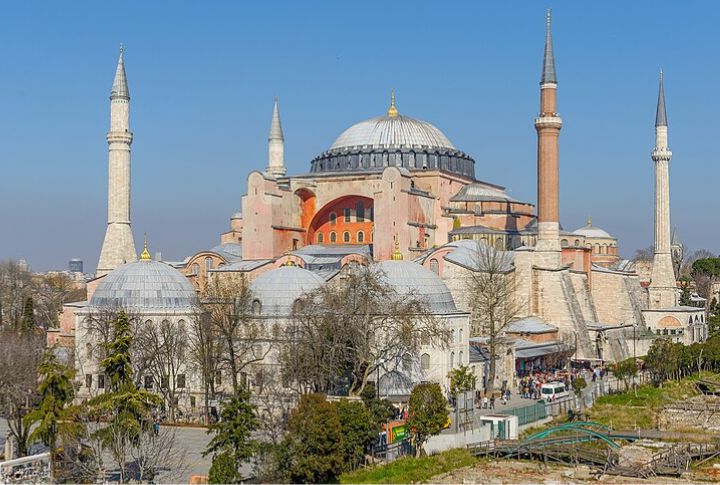
Constantinople’s mighty Hagia Sophia dominated skylines as the world’s largest cathedral for nearly 1,000 years. The Byzantine Empire, continuing Eastern Roman rule, endured for over a millennium. Their forces wielded Greek fire in naval battles. However, Ottoman Turks conquered them on May 29, 1453.
Soviet Union

The Soviet Union once spanned 11 time zones and stunned the world by launching Sputnik in 1957. But by December 1991, cracks within its republics and a failed coup unraveled the superpower, which ended one of history’s most formidable states.
Nazi Germany
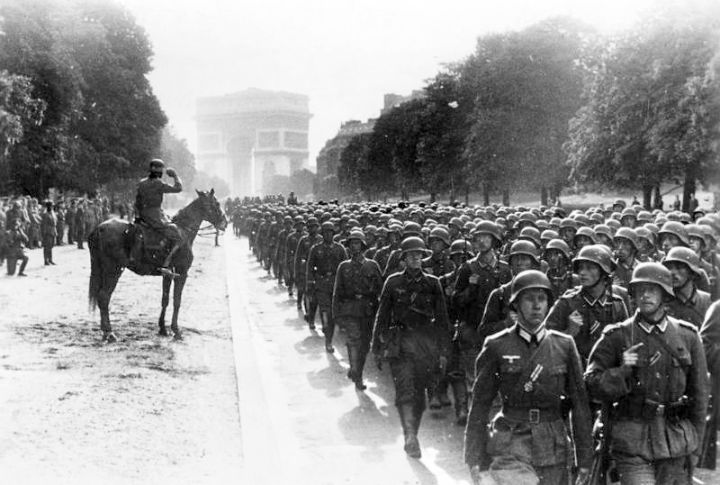
Nazi Germany dominated Europe through military aggression and totalitarian control from 1933 to 1945. Its regime plunged the world into war and orchestrated atrocities on an unprecedented scale. Yet, despite its vast power and propaganda machine, it ultimately collapsed under the pressure of coordinated Allied offensives, strategic codebreaking, and the fall of Berlin.
Yuan Dynasty
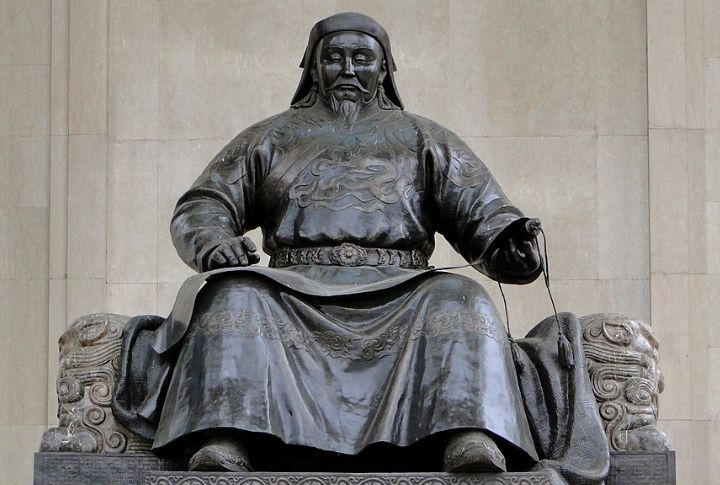
The Yuan Dynasty, founded by Mongol conquerors in 1271, marked China’s first foreign-led rule. Their reign brought sweeping changes, which included the use of paper money as the primary currency. Marco Polo’s vivid accounts immortalized the dynasty’s grandeur before its fall in 1368.
Neo-Assyrian Empire
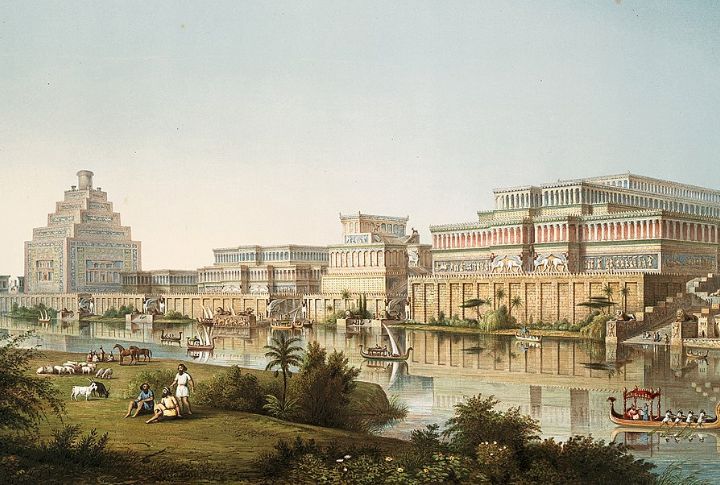
At its height, the Neo-Assyrian Empire dominated the Near East with iron-clad armies and innovative warfare. In Nineveh, Ashurbanipal’s library preserved timeless works like the Epic of Gilgamesh. But glory turned to ruin in 612 BCE, when Babylonian and Median troops stormed the capital.
Ottoman Empire
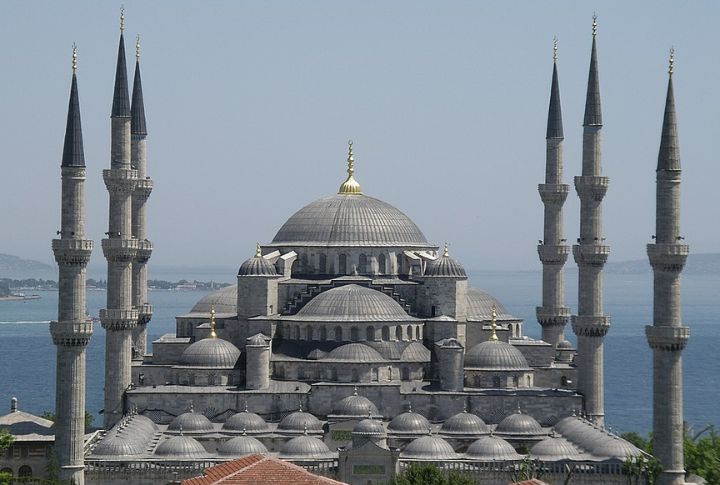
This empire rose as a power bridging continents; its Blue Mosque in Istanbul still echoes with grandeur. Though its armies twice failed to conquer Vienna, its influence endured for centuries. The empire’s final chapter came in 1922, as Sultan Mehmed VI was deposed and history turned a page.
Hittite Empire
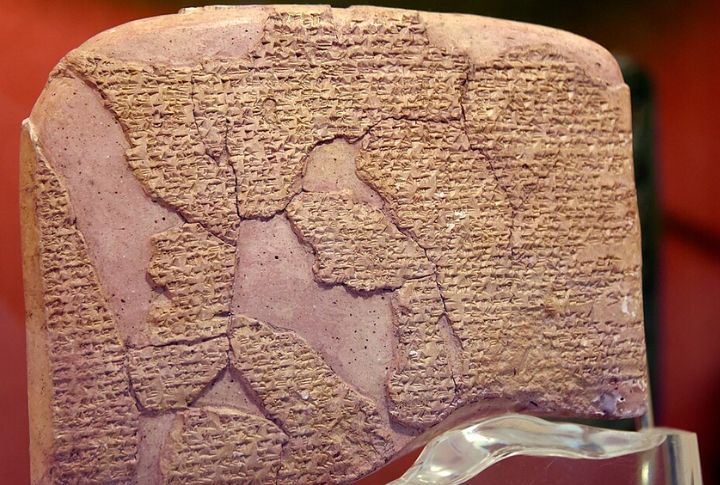
The Hittites pioneered ironworking and carved out an Anatolian empire of influence. Their most famous achievement was a peace treaty with Egypt after the Battle of Kadesh—the earliest known of its kind. Yet their power unraveled during the great Bronze Age collapse around 1200 BCE.
Spanish Empire
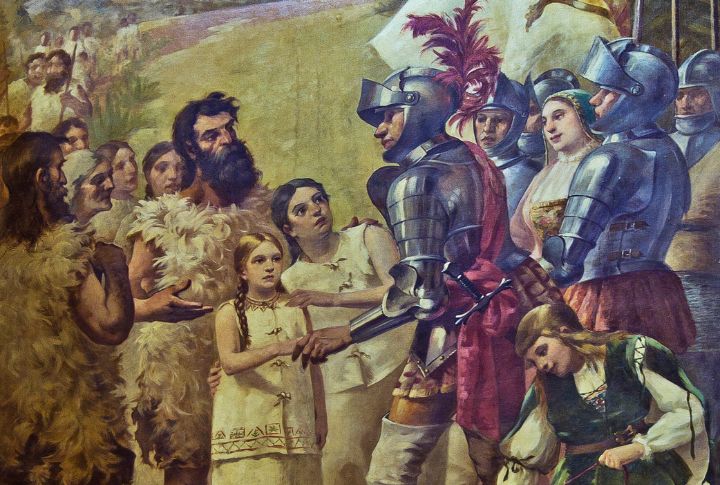
From the silver-rich mines of Potosi to vast lands across the Americas, Spain built an empire of staggering reach. Its influence reshaped agriculture and daily life, with animals and crops never seen before. By the early 19th century, however, waves of independence ended Spanish rule overseas.
Qin Dynasty
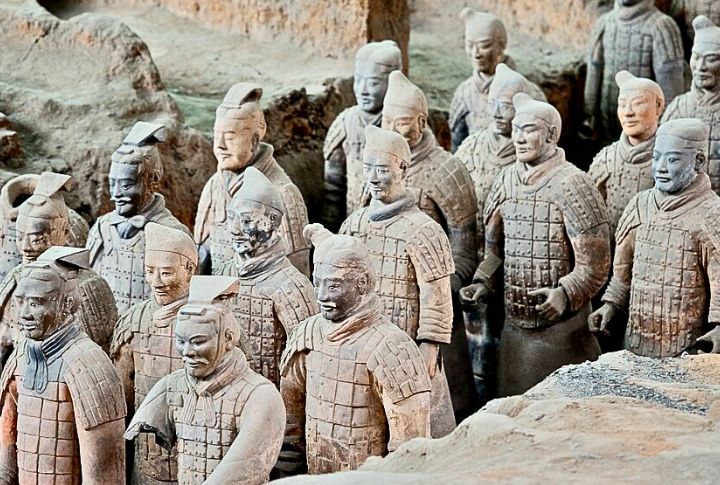
The Qin Dynasty unified China in 221 BCE and swiftly implemented sweeping reforms—standardizing currency, weights, writing, and laws across the empire. Its first emperor commissioned the awe-inspiring Terracotta Army to guard his tomb. Despite its transformative impact, the dynasty’s harsh rule sparked rebellion, leading to its collapse by 206 BCE.
Maurya Empire
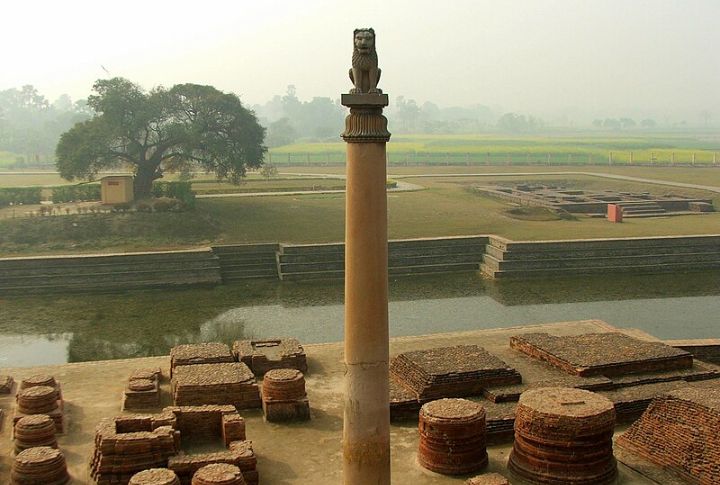
Rising as India’s first great unifier, the Maurya Empire flourished under Ashoka, whose embrace of Buddhism gave the dynasty moral and cultural weight. While China began laying stones for the Great Wall, India’s Mauryan empire thrived—until 185 BCE, when Brihadratha, the last ruler of the Maurya Empire, met his end.
Mughal Empire
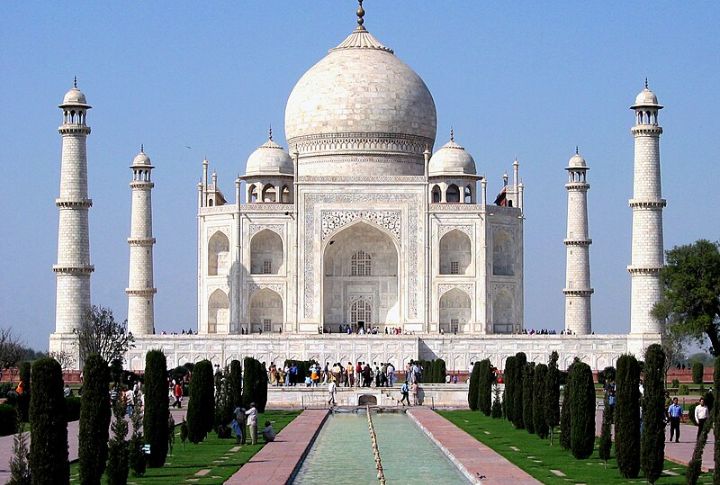
The Mughal Empire reached its zenith with famous monuments like the Taj Mahal. At its height, it ruled most of the Indian subcontinent. It was after Aurangzeb’s death in 1707 that Mughal power weakened. Soon, the British influence started expanding throughout the region.
Songhai Empire
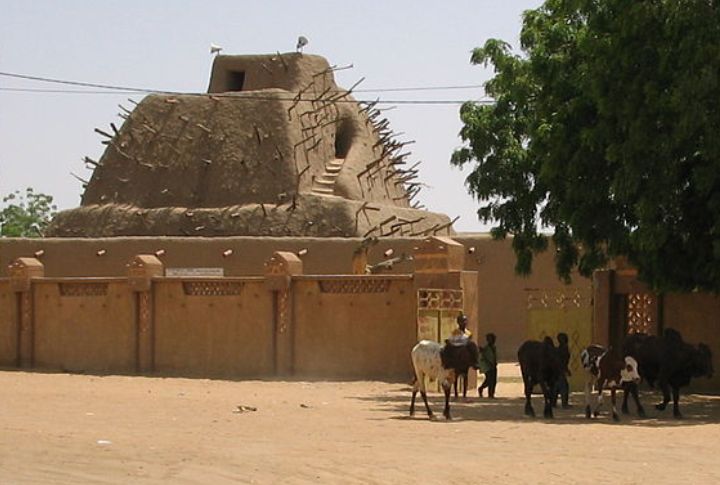
A mighty Islamic rule once stretched across West Africa, with Gao as its commercial heart. The Songhai’s vast territory along the Niger River fell to Moroccan invaders at Tondibi in 1591. Years after their collapse, Haiti would craft its flag by stripping white from France’s tricolor banner.
Haitian Empire
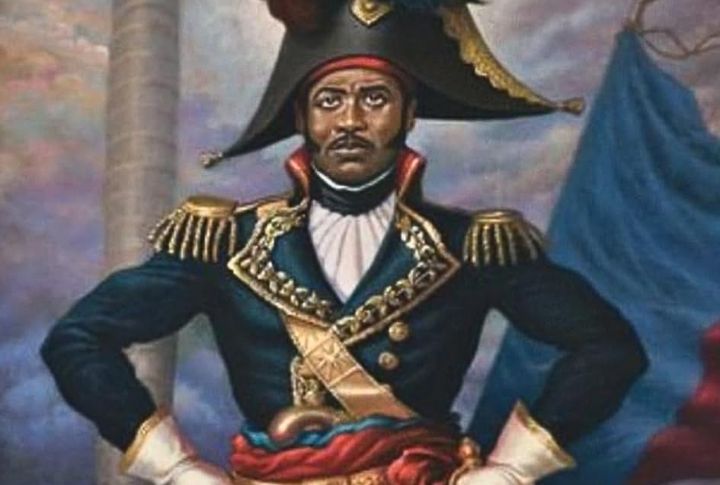
The Haitian Empire emerged in 1804 after a successful slave revolt overthrew French colonial rule—an unprecedented victory in modern history. Jean-Jacques Dessalines, a leader of the revolution, declared himself Emperor Jacques I. Though the empire symbolized freedom and defiance, it was short-lived. In 1806, internal strife led to Dessalines’s assassination and the collapse of imperial authority.
Western Roman Empire
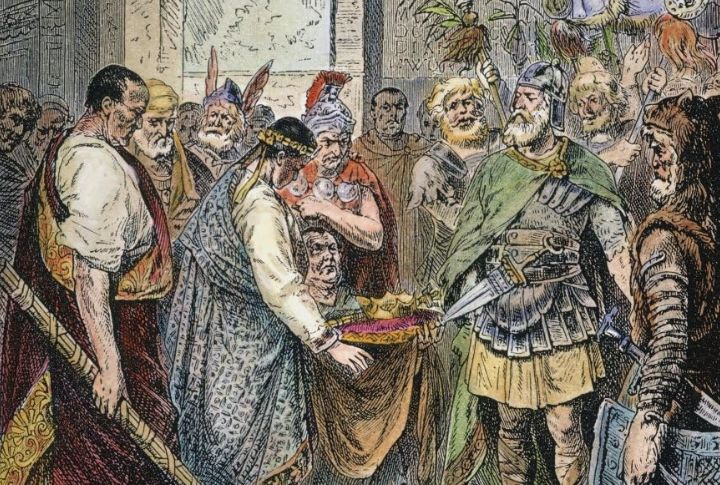
Rome’s legions marched on a network of 50,000 miles of roads, connecting lands from Britain to North Africa and the Middle East. Those centuries of glory ended in 476 CE, when the young emperor Romulus Augustulus lost his throne.
Carthaginian Empire
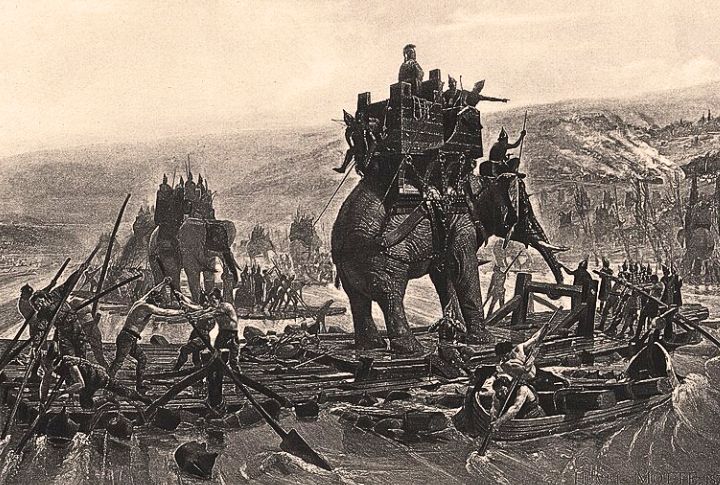
The Carthaginians mastered the sea and ruled the western Mediterranean to produce Hannibal, the general who famously crossed the Alps with elephants. However, their power couldn’t outlast Rome. By 146 BCE, Carthage lay in ruins, and an empire of sailors and traders was no more.
First French Empire
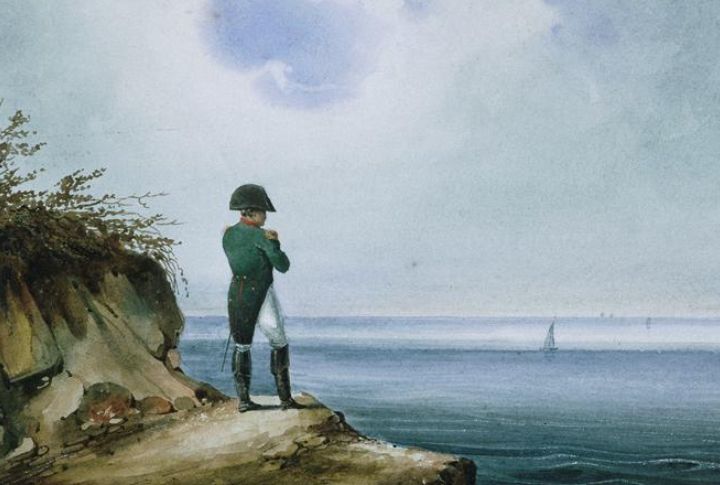
Napoleon’s dramatic rise saw his empire stretch across continental Europe in unprecedented ways. And his downfall proved equally spectacular with defeat at Waterloo in 1815. After two exiles, to Elba and Saint Helena, his empire joined ancient Rome’s gladiatorial spectacles in history’s shadows.
First Bulgarian Empire
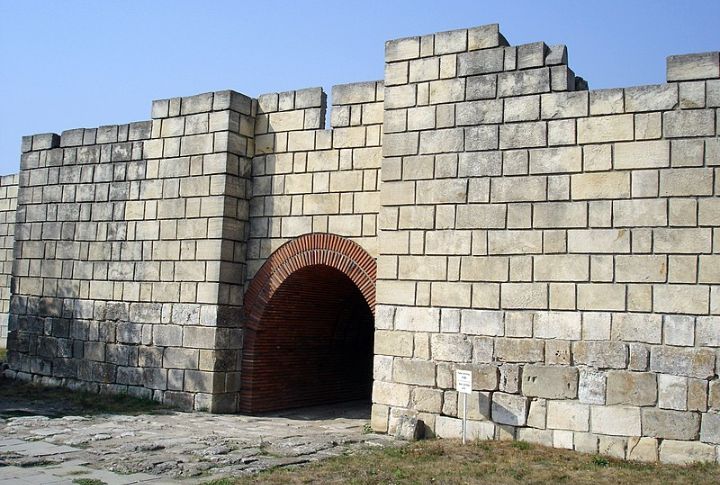
The First Bulgarian Empire bridged culture and conquest, uniting the Balkans under its rule. The creation of the Cyrillic alphabet carried its influence far beyond the regime’s borders. When the Bulgarian empire’s independence ended under Byzantine control in 1018, it left a lasting cultural legacy.
Seleucid Empire
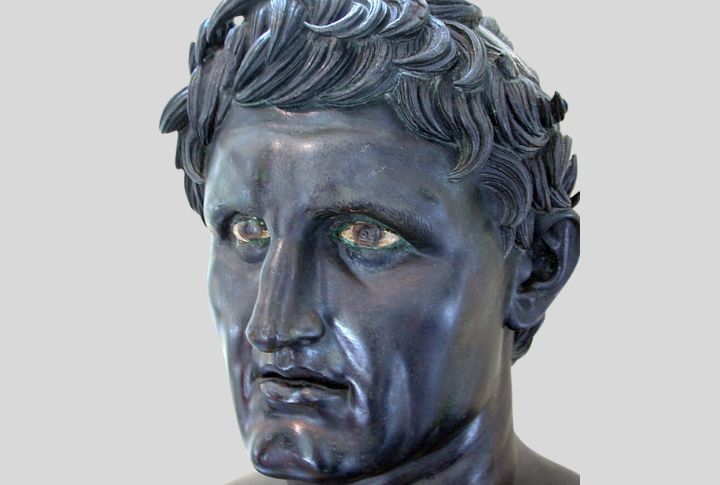
Born from the breakup of Alexander’s empire, the Seleucid state stretched impressively across Asia Minor, Mesopotamia, and into Central Asia. It was a powerhouse of trade and culture. But clashes with Egypt, Parthian attacks, and infighting eventually spelled the end of its rule.
Srivijaya Empire

From its seat in Sumatra, an island in western Indonesia, Srivijaya commanded the seas of Southeast Asia. Its ports bustled with trade, and monasteries made it a hub of Mahayana Buddhist learning. In the 11th century, Chola fleets struck hard, which broke the empire’s grip and began its slow crumble.
Akkadian Empire
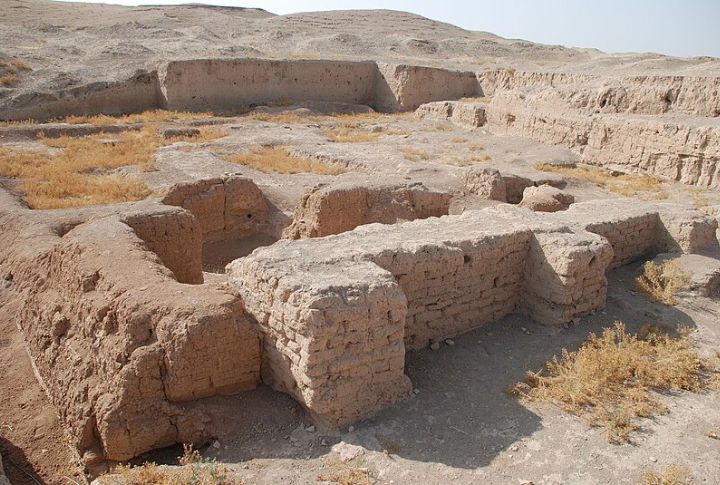
When Sargon of Akkad rose to power, Mesopotamia witnessed the dawn of empire. From his capital at Akkad, he spread language, culture, and control across the Fertile Crescent. But even this groundbreaking dynasty could not withstand drought, Gutian raids, and political turmoil.

